Nghe An : Locusts destroyed more than 100 hectares of forest and crops, forcing the government to spend nearly 140 million VND to hire drones to spray pesticides.
Locusts have been appearing densely in the forests of Hamlet 7, Nghia Binh Commune, Tan Ky District since mid-April. Hamlet 7 has 150 hectares of land, of which about 100 hectares have been destroyed by locusts, leaving their leaves bare. In addition, some corn fields have also been attacked by this insect.
Mr. Nguyen Van Trinh, Deputy Director of the Tan Ky District Agricultural Service Center, said that over the past week, the District People's Committee has allocated nearly 140 million VND to hire drones to spray pesticides for prevention. "Locusts eat in swarms, so we have to spray in a surrounded manner to prevent them from moving into residential areas and industrial crop areas. To date, about 450 hectares of forest destroyed by locusts have been controlled," Mr. Trinh said.
Authorities use drones to spray pesticides to kill locusts in the forests of Nghia Binh commune, Tan Ky district. Video : Hung Le
According to the authorities, the initial use of drones has shown effectiveness, and has saved some forests. However, this method has limitations, due to the complex terrain, in the forest, spraying cannot be as uniform as in the plains, when standing from a distance, controlling the drone can miss some spots.
This is the second time Tan Ky district has used drones to spray pesticides to kill locusts, after the first time in 2021. The entire district has nearly 200 hectares, with the remaining areas, the specialized agencies will soon meet to discuss continuing to spray pesticides using drones. For crops, the government does not organize centralized spraying, encouraging people to destroy them manually or with personal sprayers.
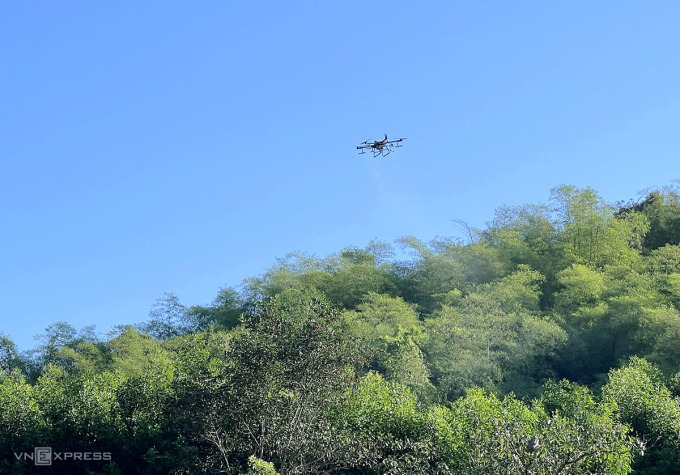
Drones were hired by the government to spray pesticides to kill locusts at a cost of nearly 140 million VND. Photo: Hung Le
According to the Deputy Director of the Tan Ky District Agricultural Service Center, people grow bamboo shoots mainly to sell, and the stems can also be used or sold as construction materials. The bamboo shoots that were eaten by locusts did not die, but they lost their leaves, reducing the bamboo shoot yield and affecting income.
The agricultural sector of Tan Ky district assessed that this year the area recorded the largest number of locust eggs ever. The reason was that last year's egg supply was abundant, and the prolonged hot weather was suitable for the growth of this insect species.
"Locusts breed in swarms. When they hatch underground, there are thousands of them per square meter. They then molt and gradually grow larger. In about two months, they mature, lay eggs, and die. By August, they are gone," said Mr. Trinh.
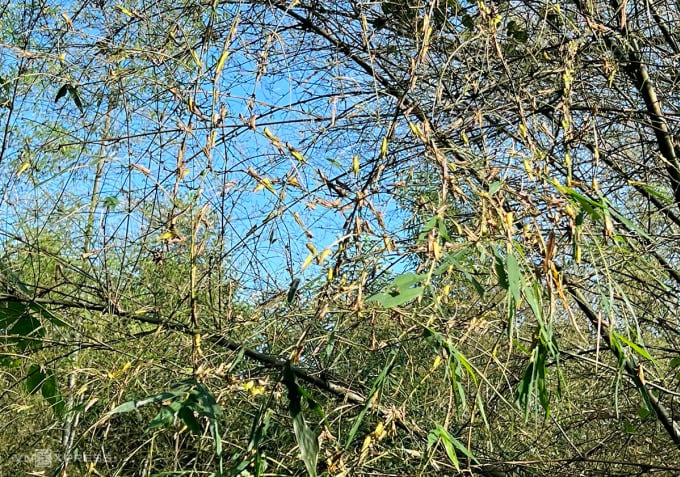
Locusts cling densely to the branches. Photo: Hung Le
Grasshoppers are leaf-eating insects, belonging to the order Orthoptera, with round heads, thick bodies, good jumpers and are especially destructive to green trees. When moving, they can crawl on all three pairs of legs on trees, jump from tree to tree with their hind legs or jump and fly into the air with their wings.
Source link


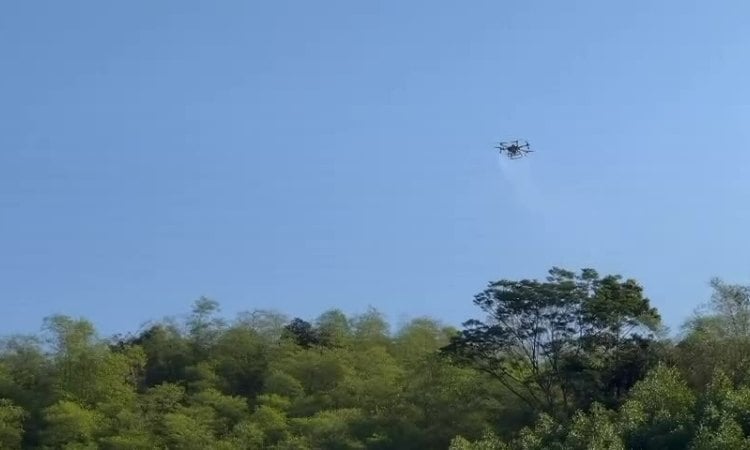


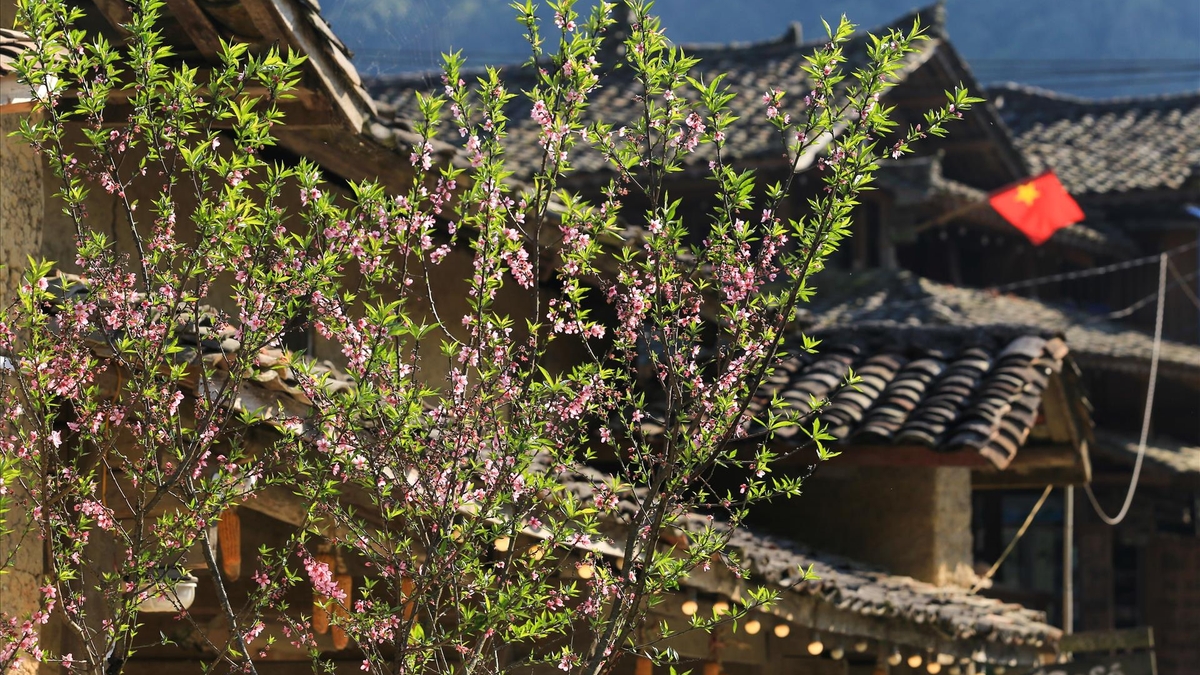











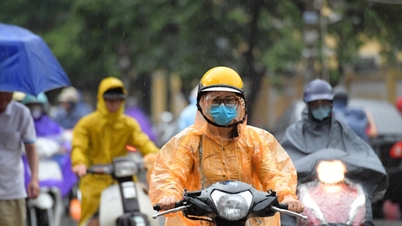
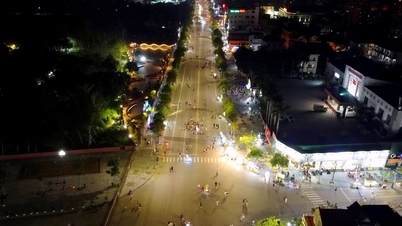






















![[Photo] General Secretary To Lam and National Assembly Chairman Tran Thanh Man attend the 80th Anniversary of the Traditional Day of the Vietnamese Inspection Sector](https://vphoto.vietnam.vn/thumb/1200x675/vietnam/resource/IMAGE/2025/11/17/1763356362984_a2-bnd-7940-3561-jpg.webp)








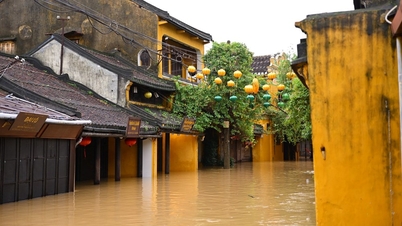













































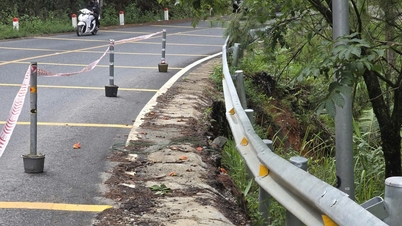






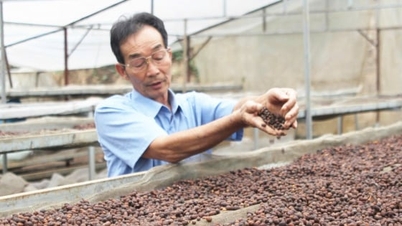
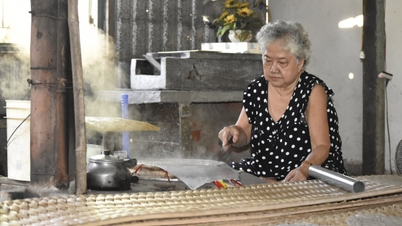







Comment (0)